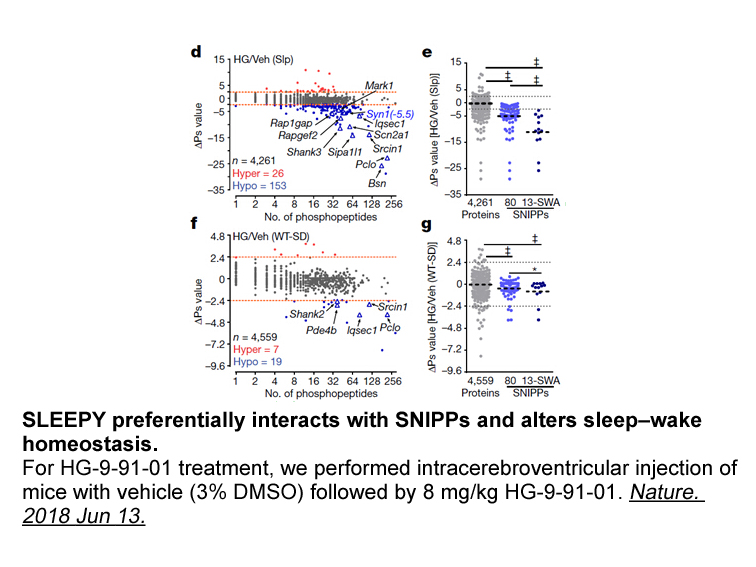Archives
BX-912 Currently NSAIDs which achieve antineoplastic actions
Currently, NSAIDs which achieve antineoplastic actions mainly through apoptosis are emerging choice in chemotherapy. Their antineoplastic effects were demonstrated before in tumor-bearing models [5], [6], [7]. Through in vitro cell models, we identified an indomethacin-activation of ceramide/PP2A/Akt axis in the glioma apoptosis (Fig. 10). In conclusion, we found that indomethacin induced apoptotic cell death in both H4 and U87 glioma BX-912 and the apoptosis was accompanied by a series of biochemical changes, including ceramide generation, PP2A activation, Akt dephosphorylation, Mcl-1 and FLIP transcriptional downregulation, Bax mitochondrial distribution, and caspases activation. Application of C2-ceramide and Akt inhibitors also induced similar biochemical changes. Pharmacological inhibition of ceramide synthase attenuated indomethacin-induced Akt dephosphorylation and apoptosis. Although current study shows a potential role of ceramide/PP2A/Akt axis in the antineoplastic action of indometha cin, it still has limitations because that concentrations of indomethacin required to induce apoptosis in glioma greatly exceeded the clinically therapeutic concentrations (< 10 μM). Therefore, the therapeutic implication of indomethacin in chemoprevention should be further investigated.
cin, it still has limitations because that concentrations of indomethacin required to induce apoptosis in glioma greatly exceeded the clinically therapeutic concentrations (< 10 μM). Therefore, the therapeutic implication of indomethacin in chemoprevention should be further investigated.
Acknowledgments
This study was supported by grants from the Central Region Hospital Alliance (Ministry of Health and Welfare, Taiwan), Feng Yuan Hospital, Taichung Veterans General Hospital and HungKuang University (TCVGH-HK1008004 and 1018002), and Ministry of Science and Technology (MOST 105–2628-B-668-001-MY3).
Introduction
Polybrominated diphenyl ethers (PBDEs) have been widely used throughout the world in products such as electronics, cables, carpets, furniture, etc. Humans are being exposed to PBDEs via inhalation and ingestion (Allgood et al., 2017; Zhou et al., 2016), although PBDEs were phased out in the manufacture of new products. Prenatal or postnatal PBDE administration in experimental rats and mice resulted in neurotoxicity including learning and memory deficits, spontaneous activity impairment, and habituation disruption (Viberg et al., 2003; Viberg et al., 2006; Zhang et al., 2013), with neuronal apoptosis being one of the main mechanisms (Zhang et al., 2013). However, the underlying mechanism for neuronal apoptosis induced by PBDE remains largely unknown.
Neurotrophins is a family of small proteins involved in neuronal growth, maintenance, survival, and synaptic plasticity in brain, and plays a critical role in the pathogenesis of neurodegenerative and neuropsychiatric disorders (Castren and Kojima, 2017; Caviedes et al., 2017). The predominant neurotrophins in the study field of health and disease include brain-derived neurotrophic factor (BDNF), glial-derived neurotrophic factor (GDNF), nerve growth factor (NGF), neurotrophin-3 (NT-3), and neurotrophin-4 (NT-4). BDNF is a key factor with multipotent impact on brain development, signaling transduction and synaptic plasticity under physiological and pathological conditions (Kowianski et al., 2018), has been used as a potential monitoring marker or therapeutic target for Alzheimer’s disease or mood disorders (Bjorkholm and Monteggia, 2016; Castren and Kojima, 2017; Gerenu et al., 2017; Sarabi et al., 2017). Increased BDNF expression in hippocampus and cortex is associated with the cognition improvement in rats (Callaghan et al., 2017), and BDNF is protective for neuronal apoptosis in rats (Yuan et al., 2017). Cholinergic system is well-known to regulate cognition and memory function, and acetylcholinesterase (AchE) activity is reported to predict memory function and mediate memory deficits following white matter lesions in human (Richter et al., 2017). Cognition dysfunction in mice or rats is attenuated via decreasing AchE activity and increasing choline acetyltransferase (ChaT) activity in hippocampus (Haider et al., 2016; Xu et al., 2016). However, few studies have reported the possible roles of neurotrophins and cholinergic enzymes in the process of neuronal apoptosis induced by the BDE-153 treatment.